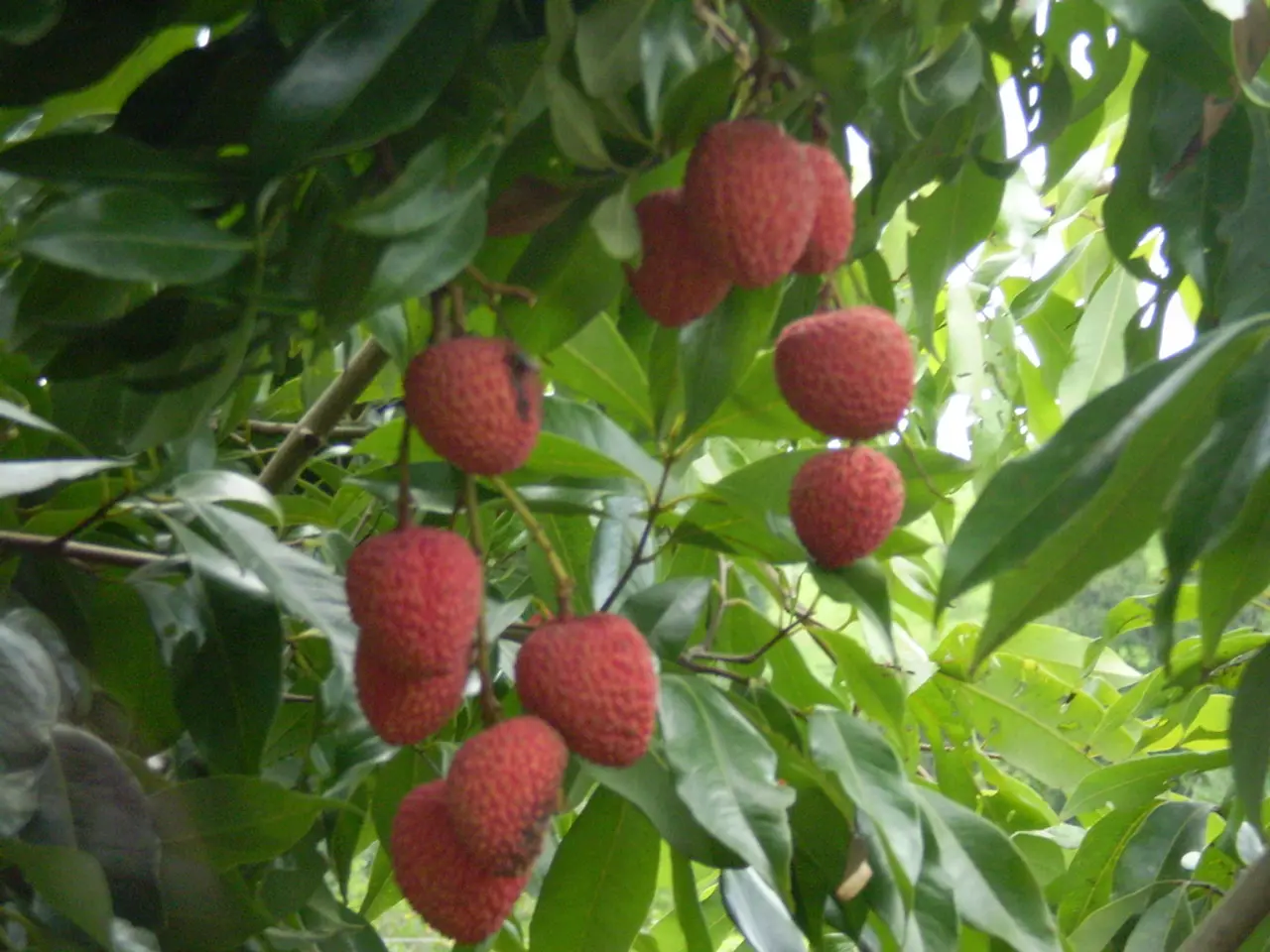Diseases Affecting Strawberry Leaves
Strawberry plants are susceptible to several fungal diseases that can cause leaf spot, leaf scorch, and leaf blight. Understanding these diseases and implementing effective control strategies is crucial for maintaining healthy plants and ensuring a bountiful harvest.
The three major leaf diseases are caused by fungi with similar disease cycles. Leaf Spot, caused by Mycosphaerella fragariae, begins as circular, deep purple spots on the upper leaf surface. As the disease progresses, blotches may coalesce until they nearly cover the leaflet, which then appears purplish to reddish to brown. The centers of the blotches become brownish.
Leaf Scorch, caused by the fungus Diplocarpon earliana, presents as numerous small, irregular, purplish spots or "blotches" that develop on the upper surface of leaves. These blotches may follow major veins progressing inward.
Leaf Blight, such as those caused by Phomopsis species, exhibits spots that enlarge to V-shaped lesions with a light brown inner zone and dark brown outer zone. On older leaves, the spots enlarge and the centers turn grayish to white, while on young leaves they turn light brown.
These fungal spores overwinter on infected plants and spread during wet conditions. Spores are spread by rain splash early in the spring. The fungus produces spore-forming structures in the spring on both surfaces of dead leaves, and the fungus overwinters as mycelium or fruiting structures on the old leaves that remain attached to the plant.
To combat these diseases, an integrated pest management approach is recommended. This approach combines sanitation, improved air flow, resistant stock, biological antagonists, and targeted fungicide use to reduce inoculum and limit disease development.
Sanitation involves removing and destroying infected leaves, dead plant debris, and old foliage, especially in late winter, to reduce fungal inoculum. Improved air circulation can be achieved by thinning dense strawberry stands, choosing well-ventilated planting sites, and avoiding overhead irrigation.
The use of certified disease-free planting stock prevents the introduction of fungal spores from infected stock. Crop rotation and soil management help reduce pathogen buildup in soil and improve soil drainage. Biological controls, such as Bacillus subtilis and Trichoderma species, can reduce disease incidence by 35-50% when combined with other practices.
Fungicide applications are essential for protecting flowers and developing fruit. Appropriate fungicides such as Captan, CaptElevate, or Switch can limit leaf and fruit infections, particularly during early spring rains when spores spread rapidly. Avoiding contaminated equipment and taking care in spacing runner plants in matted-row culture can also help reduce infection.
For the most current fungicide recommendations and spray schedules, commercial growers are referred to Bulletin 506, Midwest Fruit Pest Management Guide, and backyard growers are referred to Bulletin 780, Controlling Disease and Insects in Home Fruit Plantings.
Planting in light, well-drained soil in a location exposed to all-day sun and good air circulation can help reduce infection. Resistant varieties such as June-bearing varieties like Allstar, Canoga, Cardinal, Delite, Earliglow, Honeoye, Jewell, Lester, Midway and Redchief, and the ever-bearing varieties Tribute and Tristar, are reported to be resistant to both leaf spot and leaf scorch. Backyard growers are encouraged to use resistant varieties, which should eliminate the need for using fungicides to control these diseases.
In summary, effective control of these fungal diseases in strawberries relies on integrated pest management combining sanitation, improved air flow, resistant stock, biological antagonists, and targeted fungicide use to reduce inoculum and limit disease development. This fact sheet was originally published in 2008. For the most current information, refer to your county Extension office or the CFAES Publications online bookstore at extensionpubs.osu.edu.
The integrated pest management approach, which includes sanitation, improved air flow, resistant plant stock, biological antagonists, and targeted fungicide use, is critical for combating fungal diseases like leaf spot, leaf scorch, and leaf blight that affect strawberry plants. Moreover, planting in light, well-drained soil and choosing resistant strawberry varieties can also significantly help in minimizing these diseases, potentially eliminating the need for fungicides.




